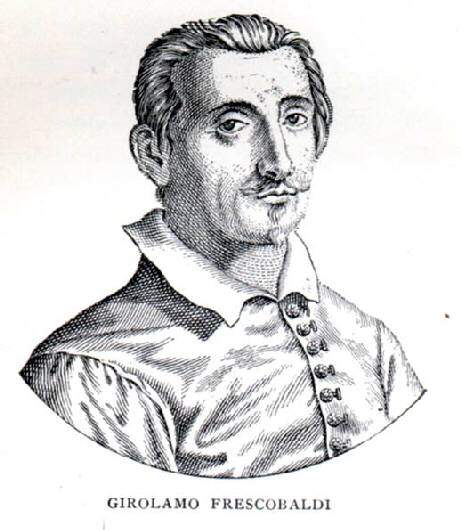
Recently I read through all of Frescobaldi’s Canzoni a due canti col basso continuo with my Amy Piersma, my piano trio violinist and Deb Coyle on oboe.

There are five of them in this collection which I purchased used from my old prof, Craig Cramer. The Canzoni change tempo and time signatures several times in each piece. You can see this in the first page of my score.

You will note the penciled in metronome markings. Yesterday Amy, Dawn Van Ark, my piano trio cellist, and I spent a good deal of time thinking about the tempos in this piece in our weekly rehearsal.
The previous week when I had ran through this with violin and oboe, I stopped us and set tempos for each section. This was to expedite reading.
I had thought this week to just let the trio (Deb couldn’t make it) move from section to section. The first rehearsal I had supplied the missing cello part. The second I supplied the missing oboe part.
But Amy had started thinking more specifically about tempos and their relationship in one canzona. After a great deal of discussion and experimentally playing, it became clearer to her and Dawn that these tempos are usually thought of in terms of proportions, i.e. 2:3.
Usually in tempo changes we think of what is common between the two tempos. Maybe the half note equals the half note of the next section. In proportional tempo changes this is a bit trickier, but can be done.
I came home and started poking around trying to find some resource material. My understanding of proportional rhythm in renaissance music dates back to my training in early music and work in early music ensembles. It has been years since I have had a discussion about it. I thought it would be good to research a bit.
Of course the salient article was outside my access.
There was an article in the 1995 edition of Early Music History. I do have access to this journal. But only volumes 29-31 as you can see here.

Access via Hope College is indicated by the little green dots.
The article in question was “Tempo relationships between uple and triple time in the sixteen century” by Ruth L. Deford. If you look closely you can see that I could buy this article for 30 to 40 pounds ($48.45 – $64.60) or rent it for anywhere from 4.49 – 5.99 pounds sterling ($7.25 – $9.67). Conversions are from today’s exchange rates.
So the heck with that. I did find an article in a book on Google books.
It’s not specific to the canzonas, but it might have some information in it. Inter-library-loaned the book which contains it.

In the meantime I found an online brass quartet edition with suggested metronome markings. I tried them out and found them pretty workable. I added one of my own and emailed it to the players as a working metronome solution until further examination.
I think this kind of thing is sort of fun.
********************************************************************************
Teacher on Jury Duty Accused of Bringing Heroin to Court – NYTimes.com
Oops.
********************************************************************************
In the Debates, Interruption or Interjection? – NYTimes.com
Deborah Tannen is someone whose books I have read. She has an informed and sensible way of looking at certain topics. She wrote this article.
*********************************************************************************
Scott’s Story and the Election – NYTimes.com
Little drama on the op-ed pages of the NYT. A friend of Kristoff confided in him about his own story about not having health insurance. He gets diagnosed very late with serious prostate cancer. He allows Kristoff to use his story as an example of someone needing health insurance. Kristoff received a lot of response (positive and negative). The man died this Monday.
*******************************************************************************